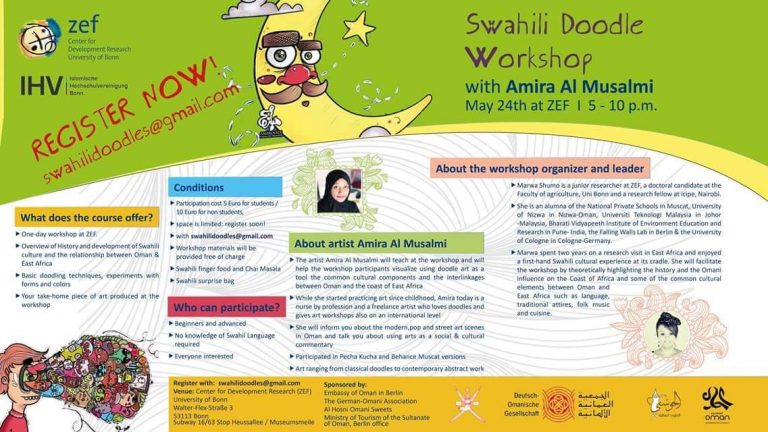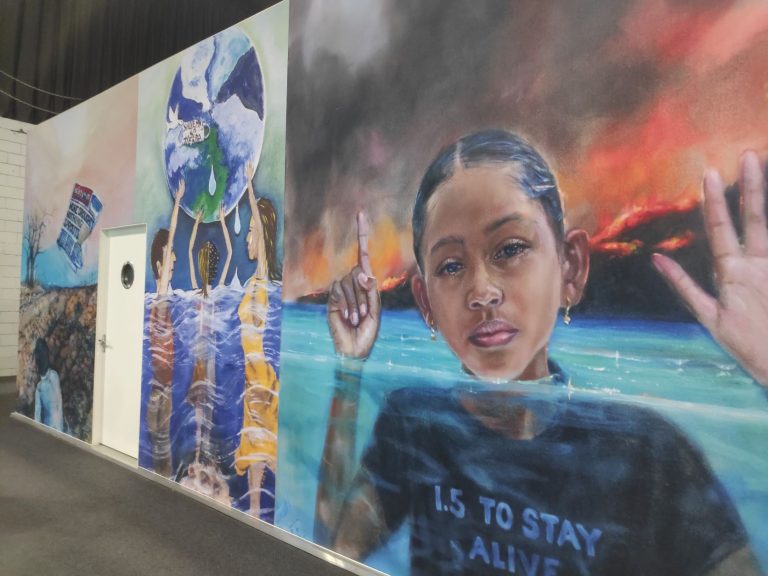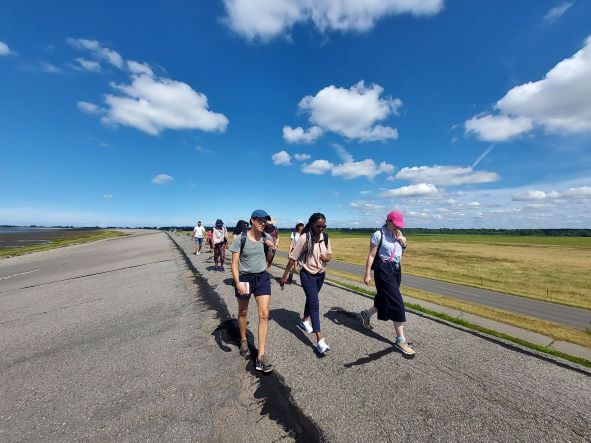ZEF in the City continued. A critical urban studies research group
In 2021, the need to engage and deepen our understanding of ‘the city’ increased due to the repercussions brought upon by the COVID-19 pandemic. Two junior researchers of ZEF’s Department for Political and Cultural Change, Amit Kumar and Maryoriet Rosales, decided to organize a virtual meeting on April 6, 2021 with researchers engaged in conducting research and writing on the topic of cities. This ‘ZEF in the city’ workshop was attended by five researchers working in different academic fields and geographical areas: ZEF alumna Dr. Olabisi Badmos, and ZEF junior researchers Oyewole Oginni, Arif Pratama and the two organizers (also authors of this blog post).

All a matter of definition
The workshop aimed at extensively discussing the different definitions and conceptualizations of ‘city’ and what ‘urban’ stands for in our respective doctoral and post-doctoral research. The virtual format of the session allowed the valuable contribution of ZEF alumna Olabisi Badmos, who conducted her doctoral research on slums in Lagos and is now working with the Humboldt University in Berlin. She talked about the issues of how to define ‘urban’. Based on the example of Nigeria she explained how we as researchers need a harmonized description of what a city is and what we mean by urban. Just understanding the concept of ‘city’ by defining its population is not enough. So, she shared her perspective on city which is based on land use and classification. She does so by utilizing the state’s land demarcation, or in other words, the geographical parameters of areas, to inform policy makers and health planners on how to become responsible for the future of (their) cities.

Talking about borders
For ZEF junior researcher Oyewole Oginni, ‘urban’ refers to a lifestyle but is also a socio-spatial area with undefined boundaries which changes due to events. According to his research on displaced communities in the Lake Chad region in Africa, Oginni contemplates border areas through networks and always changing borders. He emphasized the idea of borders, understanding that people may officially live in different countries yet speak the same transborder language and transit everyday life within the city.
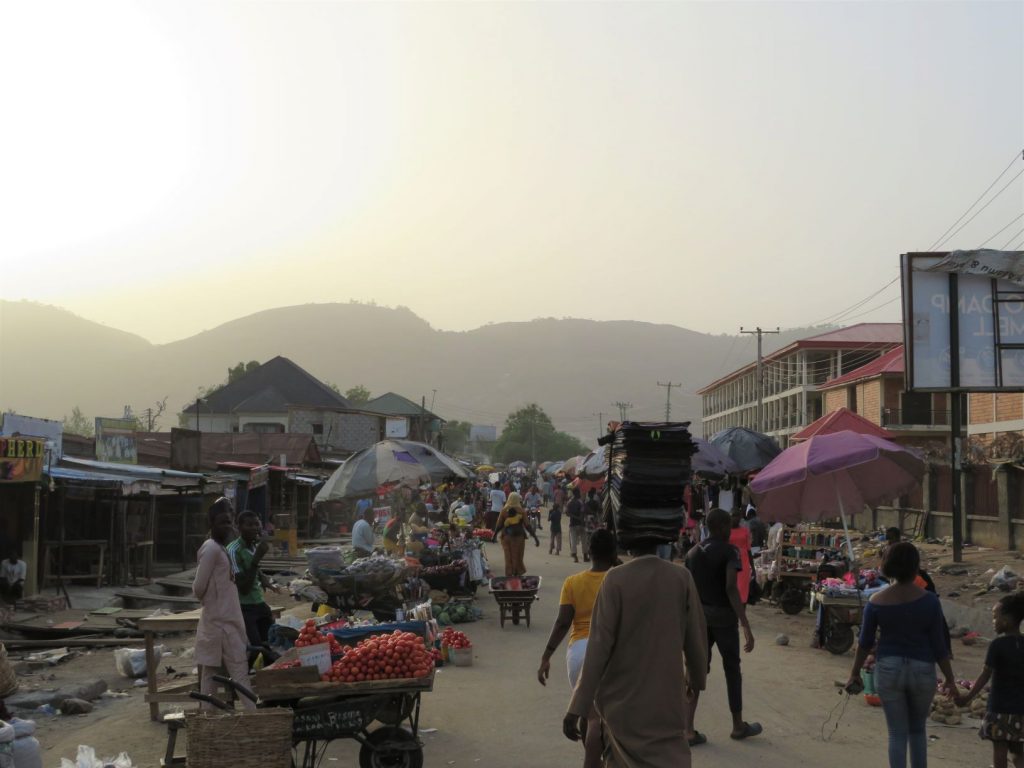
Smart cities
Arif Pratama’s doctoral research on ‘smart cities’ (according to the EU the concept of smart cities comprises devising a strategy for achieving urban growth in a ‘smart’ sense for its metropolitan areas. (Batty et al. 2012) in Indonesia brought a different insight to our understanding of city. He engages with underdeveloped cities and investigates how these cities are strategically planned to grow into developed ones. In his research, he understands city as concrete physical entities coming together, materially entangled in the city. But he said the concept of urban differs from the city, as it also includes the peri urban and suburban areas. Urban is more about unraveling the process, structure, and change within the city. Pratama pays close attention to how cities grow, function and how their people give meaning to social life.
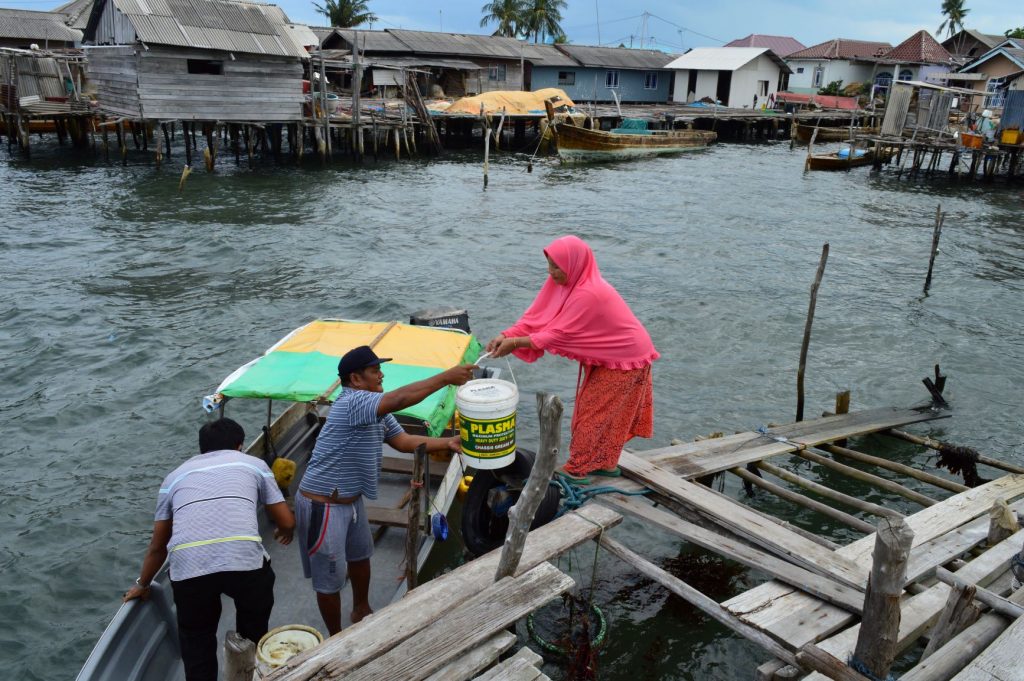
Enactment
ZEF junior researcher Amit Kumar focused on the multiple enactments of cities. Based on the example of a touristic city, he said that people who are visiting the city as tourists do enact one type of city; they may have a pamphlet serving as a guide to places like theaters, restaurants and heritage sites, as well as web applications for identifying the city’s best places to see. There are multiple such enactments but what is common to such enactment is that it is not only about human actors making what a city is from the viewpoints of population, lifestyle, or way of life but also about how non-human actors who act together with the human actors make a city. In his research, Amit focuses on how people coming from different states of India open dumping sites for unsegregated waste. By using creative slogans and symbols, assembling building materials, water pipelines and other materials they enact a city for refuge.
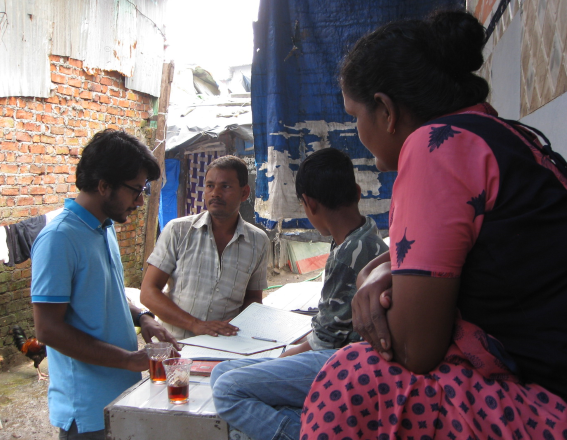
Peripheries
Lastly, ZEF junior researcher Maryoriet Rosales spoke about her research on the peripheries of the city/s, also referred to as ‘informal settlements’, treated as unplanned areas. City for her is mostly defined by what it is NOT. For example, it is not ‘rural’ yet not categorized as ‘urban’. City is more than a specific geographical area and constitutes a way of life, based upon the understanding of informality, and aims to belong to the broader urban landscape and access services available there. The peripheries exemplify an increasing population, living and experiencing the city according to individual social locations (race, religion, and gender, among many others). With a perspective on the right to the gendered-city, Rosales focuses on women’s experiences within the city to depict what urban signifies.

For any questions:
Amit Kumar (s5amkuma@uni-bonn.de)
Mayoriet Rosales (margeersalgado@gmail.com)
